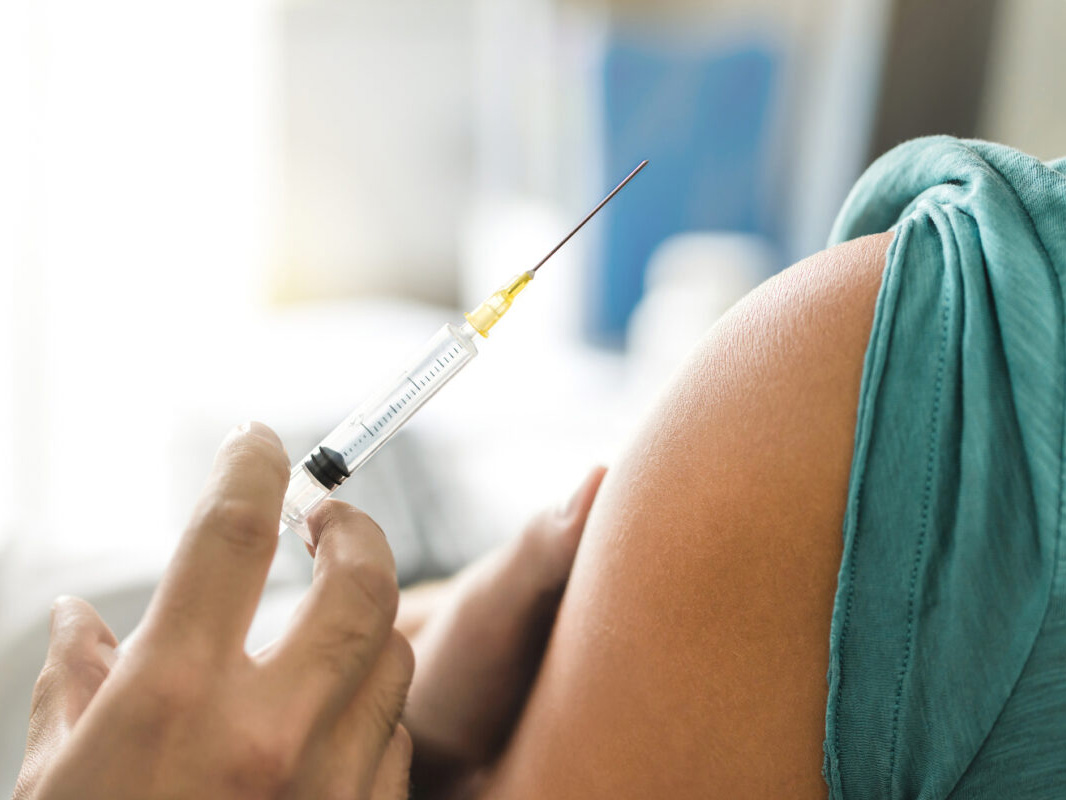The unprecedented scientific mobilization that has produced several viable COVID-19 vaccinations in just a year since the virus’ emergence has been more than a decade in the making. And even after widespread COVID vaccination occurs, the train that created these treatments isn't slowing down anytime soon.

Researchers at The University of Texas at Austin have long been at the forefront of vaccine development, and they played an important role in several COVID vaccines. Their ultimate goal: To develop a vaccine that can protect people against all coronaviruses, a wide variety of illnesses that includes everything from deadly conditions such as MERS and SARS to the common cold.
"If there is a silver lining from 2020, it's how it pushed biotechnology forward," Jennifer Maynard, professor in the Cockrell School of Engineering's McKetta Department of Chemical Engineering, said during a virtual event in December. "Vaccines have never been produced as quickly as this. We have totally new technologies that can help us fight this virus and come up with solutions to treat other coronaviruses as well."
Next week, Maynard will join fellow UT Austin experts for a discussion on vaccines. Hosted by the Cockrell School, the panel, titled “Understanding Biologics and the COVID-19 Vaccine,” will detail the basics of biologic drugs, offer insight into how the COVID-19 vaccines were created and share exciting plans about UT Austin’s future in disease prevention and treatment. Joining Maynard on the panel are Jason McClellan, an associate professor of molecular biosciences in the College of Natural Sciences whose research played a major role in the development of multiple vaccines, and George Georgiou, professor of chemical engineering and molecular biosciences whose Institute for Human Immunology and Protein Therapeutics contributed to research on COVID-19 convalescent plasma therapy.
The Feb. 9 virtual event is open to the public.
The key to understanding COVID-19 was discovered a year ago by McClellan and his research team, along with colleagues from the National Institutes of Health. The researchers created the first high resolution 3D map of the spike protein, the part of the virus that attaches itself to cell receptors, infecting them and allowing the virus to replicate. This map is helping scientists around the world develop a range of weapons treatments for the virus, including vaccines, antibody therapies and antiviral drugs. The UT Austin and NIH researchers also created a stabilized version of the spike protein that is a key element in four of the leading COVID vaccines – the ones made by Moderna, Pfizer/BioNTech, Johnson & Johnson and Novavax.
McClellan and his team had long studied other coronaviruses such as SARS and MERS to better understand them and prepare for the potential emergence of new viruses, so the foundation had already been laid for understanding COVID-19.
"This story is so amazing because it shows the investment in basic research pays off," Maynard said. "Turns out, it has been very helpful to have people working on these viruses for so many years, and then all of the sudden we need it."
Each coronavirus features different spike proteins. The key to creating a vaccine that can defeat all coronaviruses is to find antibodies that will bond with different types of spike proteins.
To do that, researchers need to learn more about spike proteins. When they prepare to bind with receptors, they change form and unfold. Before spike proteins unfold, they are very unstable, and stabilizing them is key to cracking the code.
Maynard noted their group is looking into several promising families of antibodies that have shown the ability to bind with spike proteins found in COVID-19, SARS and MERS.
"Spike is the first step in infection, so if we can block this first step we can block all the downstream effects of infection," Maynard said.







